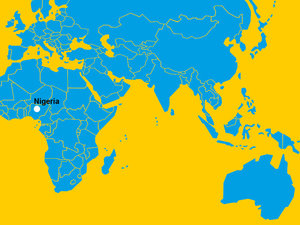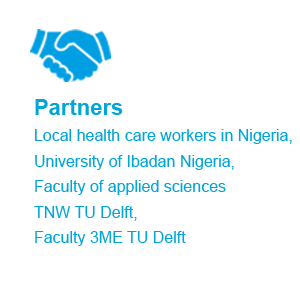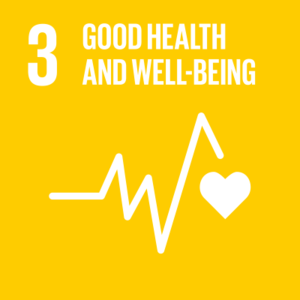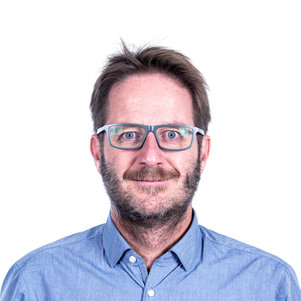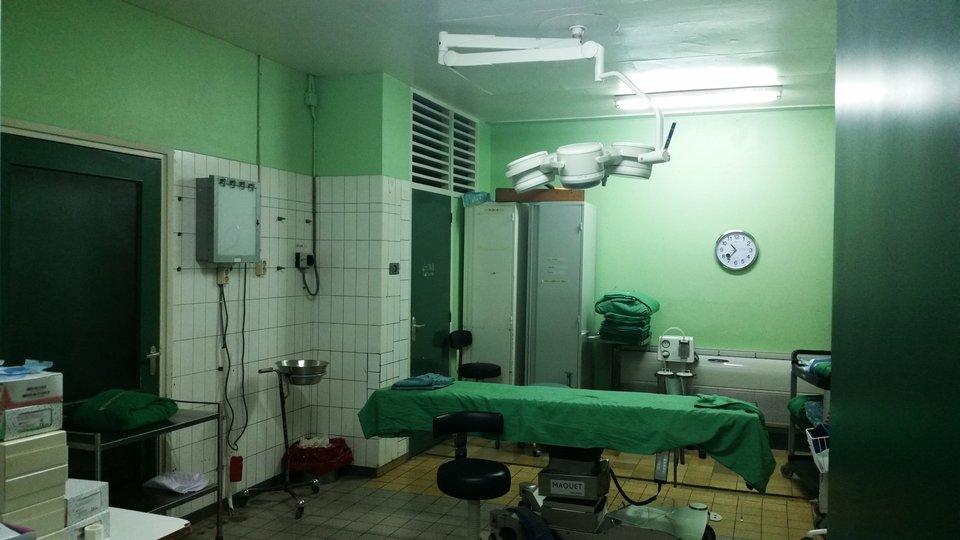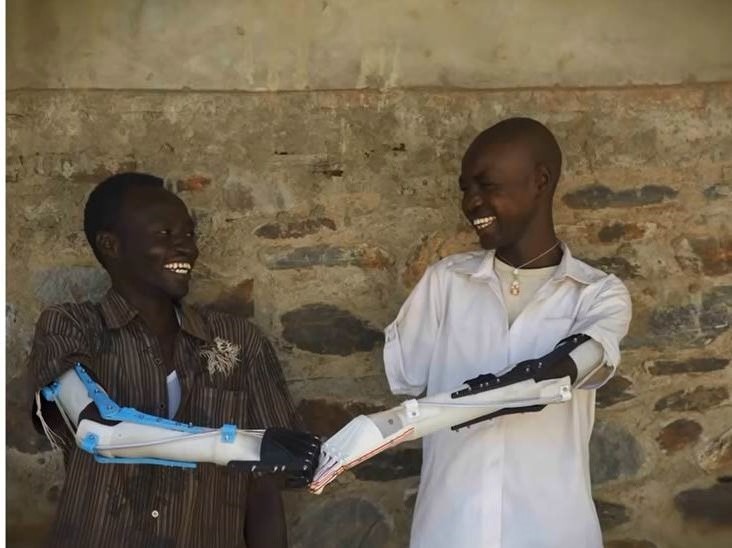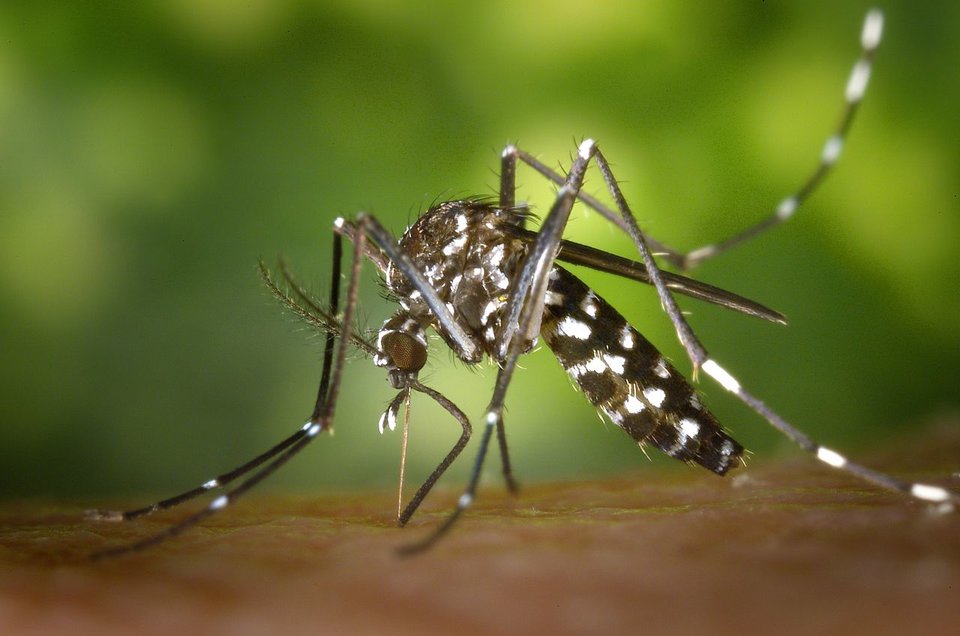Access to health care services is not as normal in many developing countries as it is in the West. Especially in remote areas, far from cities and better equipped hospitals, simple diagnostic and treatment tools can be hard to come by. This is the problem industrial designer Jan Carel Diehl tries to tackle in the variety of health care projects he is involved with as a part of the TU Delft Global Initiative.
Diehl is an expert in designing for emerging markets, especially so by applying the special TU Delft approach of Context Variation by Design (CVD). For example in a project focused on finding a way to diagnose tropical fevers, such as Zika and Dengue, with nano technology. The goal is to design a practical diagnostic device. “We have taken three contexts to take into account: two locations in Indonesia and also the organization Doctors without Borders. Then, we ask the question: what would be the needs and demands of such a diagnostic device for each of these different contexts? For instance; it has to be able to recognize different diseases, it has to be very precise, or very fast in making a diagnosis or it has to be affordable. From this we select what the essential features are to incorporate in our design.”

The complexity of reality
The CVD method works from the philosophy that the complexity of reality should be reflected in one’s design. Diehl explains, “with the CVD method we are constantly in search for a balance between optimizing a particular characteristic and keeping in mind the many connections within the contexts for which we are developing a design. Industrial designers have the inclination to make the world simpler by focusing on one small aspect in their design, but this can lead to losing the connection with the complexity of the world around us.”
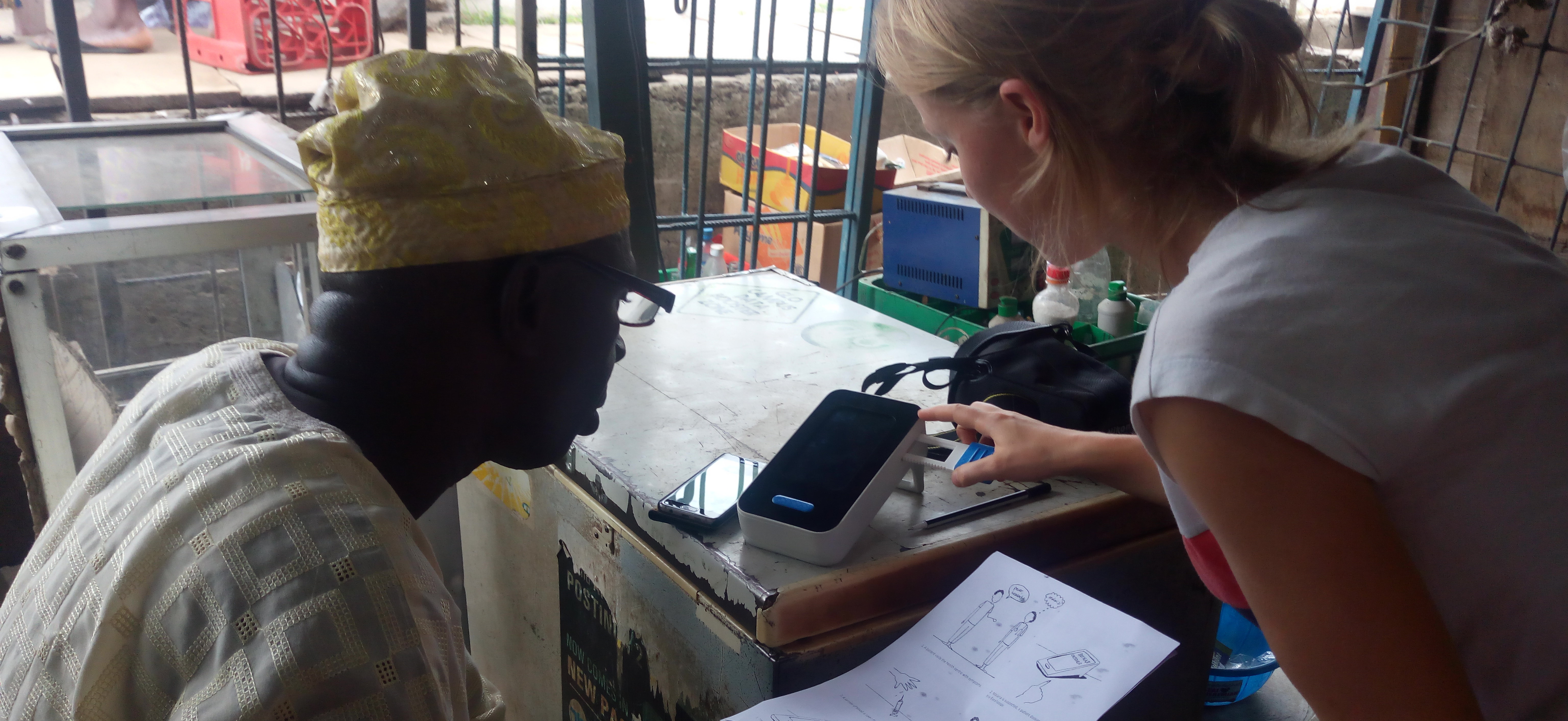
Diagnosing malaria in Nigeria
Another global health project where Diehl applies de CVD approach is focused on the development of medical diagnostics for malaria in Nigeria. However, designing a functional diagnostic device is not the sole objective of the project. To make an impact the device also needs to be adopted by the user. “We can design a fully automated diagnostic device, which will scan the patient’s blood and simply tell them whether they have malaria or not, but it’s the question whether the user wants this. From interviews and participatory sessions with different user groups in Nigeria, it became clear that the local doctors wanted to be in control, thus leaning towards a semi-automated device. However, at the same time they liked to be able to make the diagnosis independent from a lab. Then again, medical lab workers were more skeptical towards using such a diagnostic device. This led us to the question: how smart should our technology be?”
Matching smart technologies with local contexts
Diehl is motivated to always keep track of the multiple contexts involved with a particular design. “I very much enjoy matching the smart technologies developed by TU Delft with the needs and wishes of the local context. To look what smart technology can do for a certain context, but also, what the context can mean for the technology.”
Global Challenges
Global health care, spreading of health care facilities to remote areas.
High-tech Science
Health care technology, medical diagnostics, and nanotechnology.
Co-Creation
Local health care workers in Nigeria, University of Ibadan Nigeria, Faculty of applied sciences TNW TU Delft, Faculty ME TU Delft
Global Research Areas
| Health | |
| Water | |
| Energy | |
| Disaster Resilience and Response | |
| Urbanisation |
